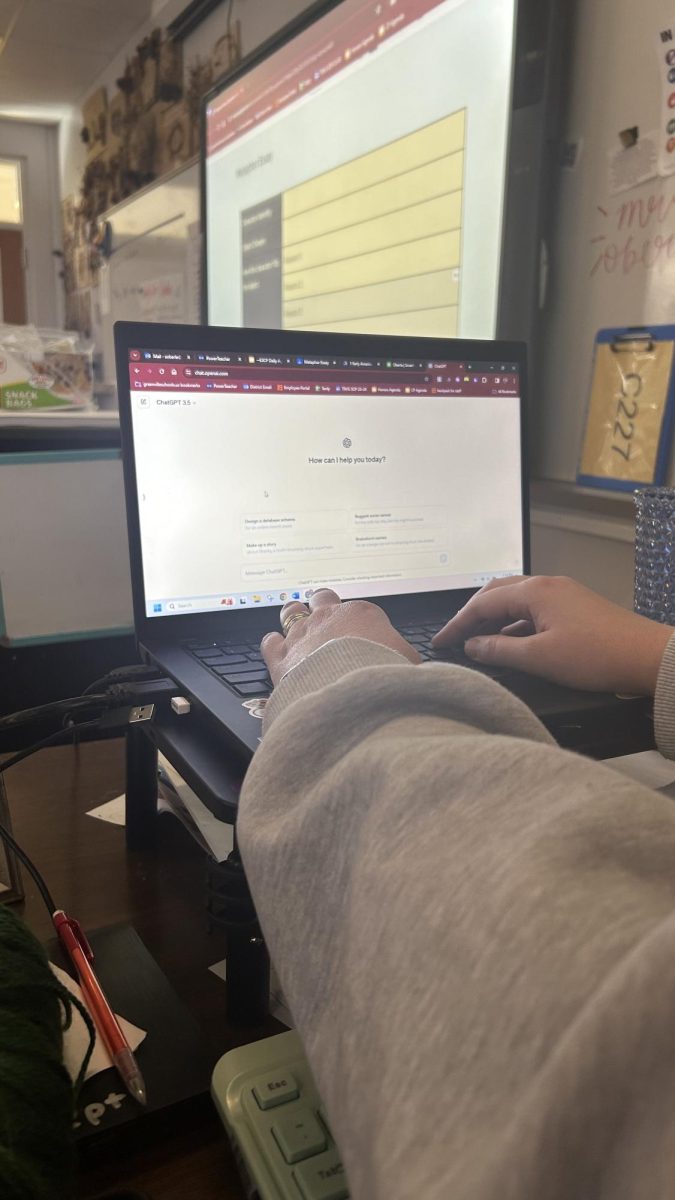Over the years, technology has become an integral part of education. The majority of students K-12 use things such as chromebooks or ipads in their day to day learning, and pretty much every classroom has a promethean board. Many middle and high schools also have a number of classes based around computer related skills such as coding, animation, web design and development, and more. As the world and its younger generations become more technology based, it only makes sense that it would be implemented into the classroom. However, there is one form of technology that teachers and schools are reluctant to utilize. Artificial intelligence.
In late 2022, San Francisco based tech company OpenAI released ChatGPT, an AI chatbot that allowed users to receive responses based on their input. Depending on what kind of prompt it was given, the software would either begin a conversation with the user or formulate an answer to a question. More so, by supplying enough detail in the correct way, it could output entire essays, which high school and college students quickly figured out. Believing that it would cut down on the time and strain of having to write papers and reports for classes, a large number of students started using it to write what they needed. It was effectively doing students’ work for them. What would have originally taken a few hours now just took a few minutes. Teachers and professors, though, had ways of figuring out what was done by a human and what was done by AI. Eventually, it was made clear by many schools and universities that work completed by AI would not be accepted.
ChatGPT received a fairly substantial amount of backlash from educators due to the belief that it would only result in students who lacked creativity and problem solving skills. Despite this, it still left people questioning whether or not it could be used in education. Currently, AI is being used in certain areas of work such as manufacturing, healthcare, and agriculture, but, what if it could be used to teach? Instead of having to employ hundreds of teachers who will have to spend time creating lesson plans and activities in order to make sure students get the right information in a way that they understand, schools could just make use of some form of artificial general intelligence or machine learning software that can supply students with large sums of accurate information in a much more efficient way. It sounds like a no-brainer, but it actually isn’t, because the main issue with allowing the use of current artificial intelligence technology in education is that there is a distinct lack of humanity.
AI has the potential to be smarter than any human ever will, but where it falls short is its incapability of recognizing and understanding human feelings and emotions. Despite what Hollywood may depict in TV shows and movies, AI systems don’t care if someone is sad, angry, happy, unsure, or confused, because it’s not meant to pick up on those things, whereas humans can, which is why they are so effective as teachers. In addition, artificial intelligence will not encourage students to create new things or find new solutions to a problem. In its current state, artificial intelligence most likely won’t become commonplace in education, but it is possible that at some point in the future, once it has become more advanced, it could find its place in helping to educate the future generations.

